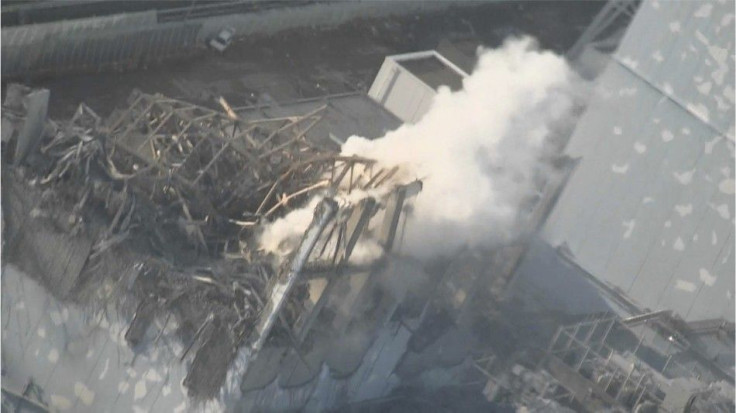Radiation from Japan nuclear plant 'far below levels of concern' reaches U.S.

The Environmental Protection Agency (EPA), which has been directed to monitor as well as inform the public on the radiation levels reaching the U.S. from damaged Japanese nuclear power plants, has detected traces of radioactive susbstances in a few states. However, the agency assured, the radiation is 'far below levels of concern'.
In its latest Daily Data Summary, dated Thursday, March 24, the agency informed, As the Nuclear Regulatory Commission has said, we do not expect to see radiation at harmful levels reaching the U.S. from damaged Japanese nuclear power plants.
As part of the federal government's continuing effort to make our activities and science transparent and available to the public, the Environmental Protection Agency (EPA) will continue to keep all RadNet data available in the current online database, it added.
EPA is utilizing an existing nationwide radiation monitoring system, called RadNet, which continuously monitors the nation's air and regularly monitors drinking water, milk and precipitation for environmental radiation. The agency has deployed additional monitors to Hawaii, Alaska, Guam and the Northern Mariana Islands.
On March 23, the RadNet radiation air monitors across the U.S. showed typical fluctuations in background radiation levels.
In a press statement on the samples captured by three monitors in California and one in Washington State on Friday, March 18 and sent to EPA scientists for lab analysis, the agency said, The radiation levels detected on the filters from California and Washington monitors are hundreds of thousands to millions of times below levels of concern.
Furthermore, preliminary monitor results in Hawaii detected minuscule levels of an isotope that is also consistent with the Japanese nuclear incident, the agency revealed, adding that isotope detected is far below any level of concern for human health.
Informing that Americans receive doses of radiation from natural sources like rocks, bricks and the sun that are about 100,000 times higher than what we have detected coming from Japan, the agency noted that the levels detected now from Japan are 100,000 times lower than what one would get from taking a roundtrip international flight.
RadNet filter results for San Francisco, Seattle, Riverside and Anaheim, California also detected minuscule quantities of iodine isotopes and other radioactive particles. These substances posed no health concern at the detected levels.
Last week, panic gripped the West Coast on reports suggesting that radiation from the cripple Fukushima Daiichi nuclear plant in earthquake-torn Japan will drift towards America.
The fears were sparked off by United Nations forecast of the movement of the radioactive plume coming from Japan's crippled Fukushima reactors indicating that it would hit Southern California late last Friday.
The US Nuclear Regulatory Commission along with many other experts tried to assuage the fears citing that the radiation levels would be too low to cause any harm or pose danger.
Despite the assurances, panic-stuck people began hoarding potassium iodide pills, an anti-radiation drug used to prevent radioactive iodine from causing thyroid cancer.
© Copyright IBTimes 2024. All rights reserved.





















